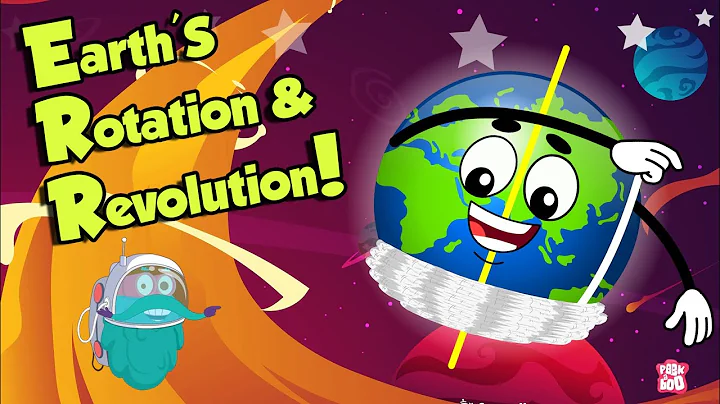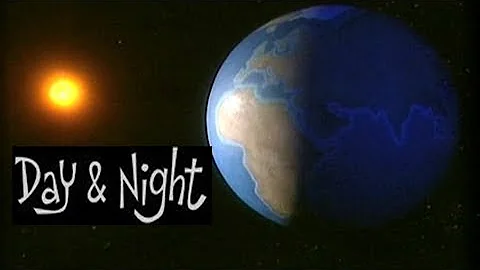How long does it take for sunlight to reach the earth?
8 minutes, this may be common knowledge that elementary school students know, because the average distance between the sun and the earth is about 149.6 million kilometers, and the speed of light is 299792458 meters per second, so it takes almost 8 minutes. In other words, the sun we see at this moment is actually the sun 8 minutes ago. If the sun goes out at this time, it will take 8 minutes for us to detect it. It takes 8 minutes for sunlight to reach the earth. These 8 minutes are calculated based on the time it takes for the light on the surface of the sun to move to the earth. So if we count from the time when the sunlight is generated, how long does it take for the light to reach the earth? This is a long time. Where does sunlight come from? It comes from the core of the sun, because only the core of the sun has enough pressure and temperature to induce hydrogen nuclear fusion.

The sun is a huge star with a radius of 695,500 kilometers, but for photon , this radius is not very large, and it does not take 3 seconds to run out, but the problem is not that simple.
The photons born in the core of the sun cannot rush around without hindrance like they do in the near-vacuum universe. The sun is a star with a density of about 1408 kilograms per square meter. In order for photons to travel from the center of the sun When it comes to the surface, it will collide with various molecules inside the sun, so it cannot run straight out like a beam of light. It can only spread to the surface of the sun in the form of Brownian motion, which will take some time. As for how much time it will take, we have to start with the Brownian motion itself. Brownian motion refers to the never-ending, irregular motion of particles in a liquid or gas.

The discovery of Brownian motion is very early, starting in 1827. The person who discovered this phenomenon was not a physicist, but a British botanist R. Brown.
As a botanist, pollen is his regular research object. Once, Brown sprinkled pollen in water for observation, and found an interesting thing, that is, these pollen have been moving around in the water. Brown After observing for a long time, the pollen in the water did not stop, so Brown began to think about the reason. Initially, Brown placed the water cup in a closed environment to observe, but the movement still did not stop, so he ruled out the cause of "air disturbance". Since the cause is not the air, it is the cause of the pollen itself. Since plants are alive, then pollen may also be alive. Brown conjectured that movement may be an active behavior of pollen.

This time, Brown fried the pollen and sprinkled it into the water again, but the pollen still moved.
Brown thought again, since it was not the pollen problem, there was something in the water, yes, there were microorganisms in the water, so Brown sprinkled the pollen into alcohol and kerosene, but the pollen still moved. This time Brown was confused, and finally he came to the conclusion: "Active molecules are widely found in various organic and inorganic substances." Translated, this sentence means that life is everywhere, regardless of alcohol or kerosene. , there is life inside. Obviously Brown's conclusion is wrong. After nearly a century, people realized the existence of molecules and atoms, and finally solved the mystery of Brownian motion.

Whether it is gas, liquid or solid, all substances are composed of molecules or atoms, and molecules and atoms are always in motion.
Since molecules are moving, water is made up of water molecules, so water molecules will inevitably hit large particles in it, such as pollen, during the movement, so the pollen will move. Since the movement of water molecules is random, the movement of pollen is also random. In addition, since the essence of temperature is movement, the higher the temperature of an object, the faster the movement speed of its internal molecules, so pollen moves faster in hot water than in cold water. At this point, the mystery of Brownian motion has finally been solved.Brownian motion itself is a kind of random motion, so can the time for photons diffusing in the interior of the sun in the form of Brownian motion to reach the surface of the sun from the center be calculated? able.

The distance that photons inside the sun diffuse outward in the form of Brownian motion involves three key factors. One is the speed of photon movement, the other is the diffusion time, and the third is the mean free path .
where the mean free path refers to the average distance between two adjacent collisions of molecules. Specific to the sun, the distance that photons spread from the center to the sun's surface is known, which is the radius of the sun, which is 695,500 kilometers. The speed of photon movement is also known, which is the speed of light, which is 299,792,458 meters per second. As for the mean free path of photon motion inside the sun, although there is no exact data, scientists estimate that it is about 0.01 mm. With these three known quantities, we can calculate the time it takes for a photon to move from the center to the surface. This is to divide the solar radius by the product of the speed of light and the mean free path. The result is about 5 million years. In other words, the photons shining on us came from 5 million years ago.





















